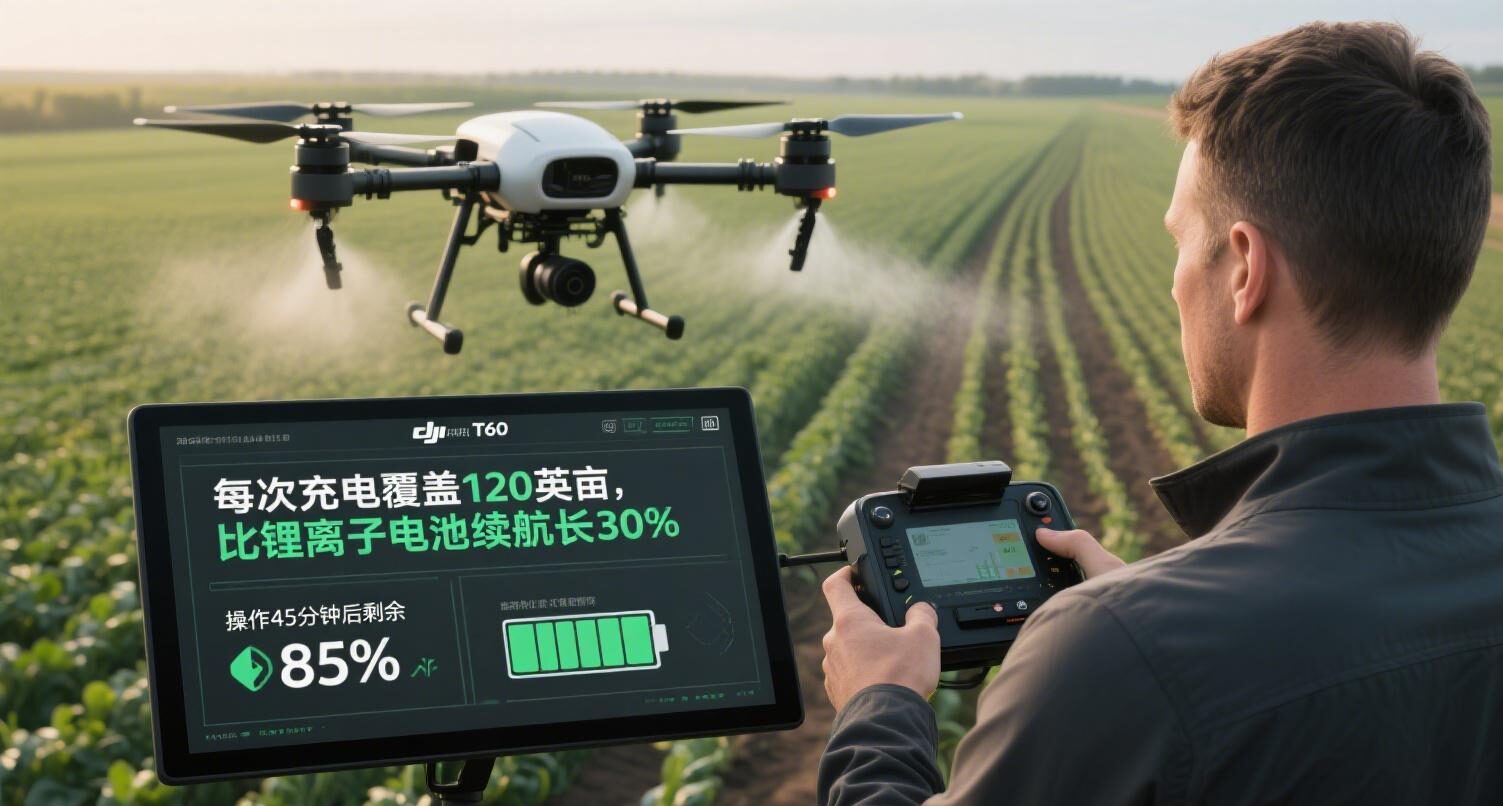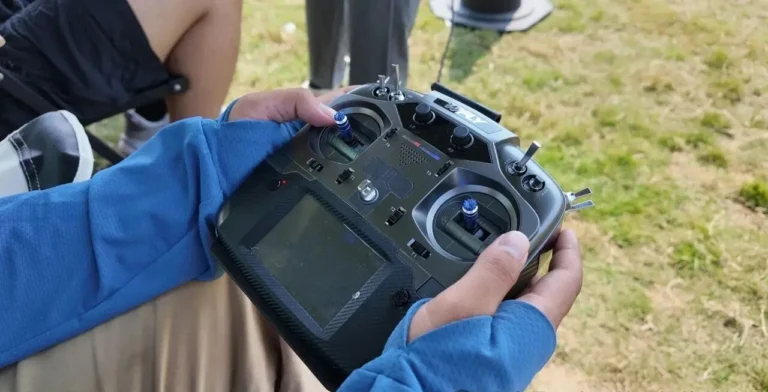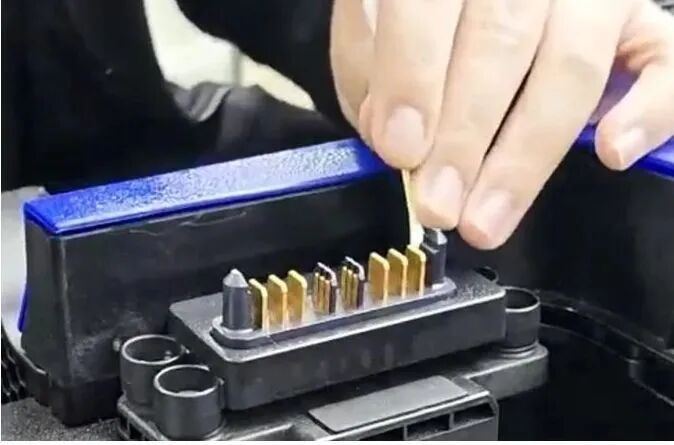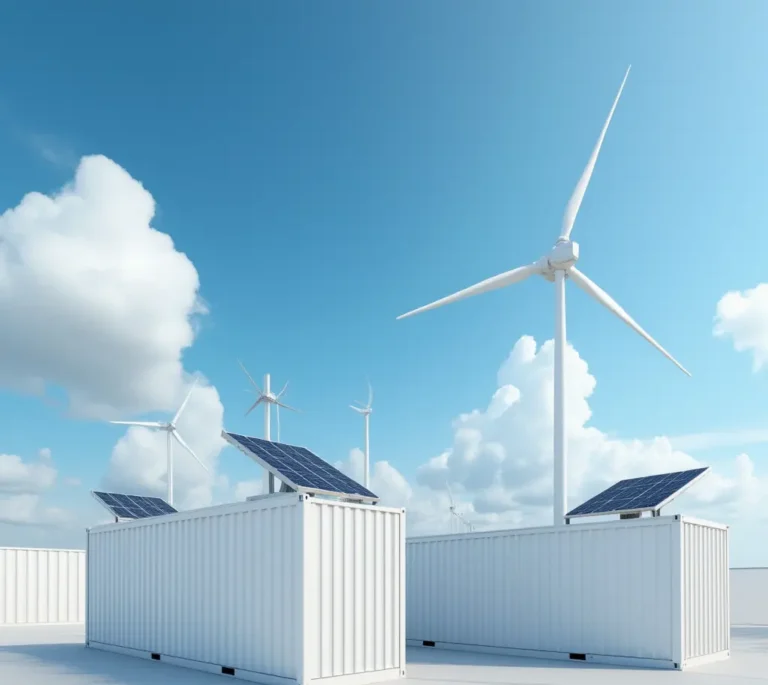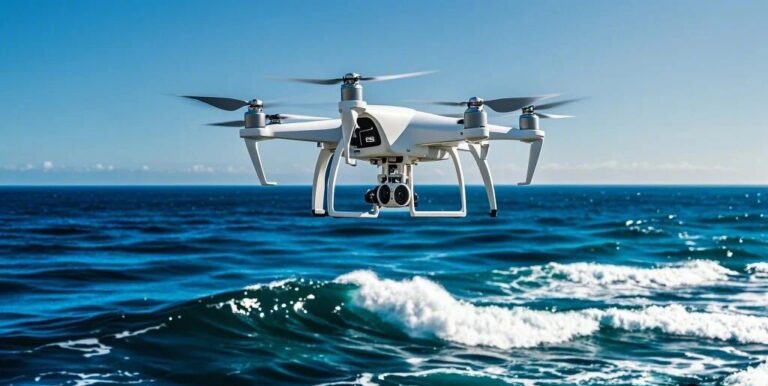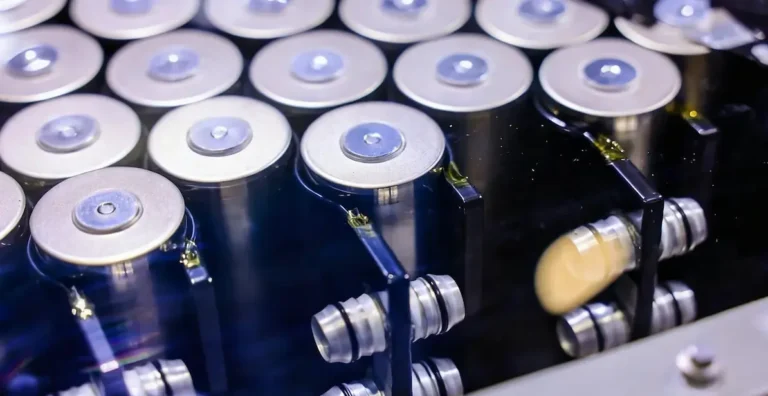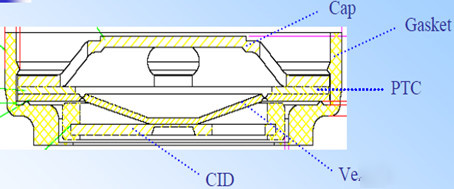China’s eVTOL and UAV Solid State Batteries Spark Low Altitude Economy
When Ningde Times injected hundreds of millions of dollars into Peak Flight Aviation, and when Ganfeng Lithium’s sulfide solid-state batteries passed airworthiness certification – this low-altitude energy war driven by China’s solid-state batteries for drones has rushed from the lab to the clouds.
I. Market Landscape: Battery Demand Differentiation in Low Altitude Economy
1. Drone batteries: a multi-billion dollar market led by soft pack batteries
State of the art: 90% of consumer-grade drones use soft pack batteries (energy density of 180-220Wh/kg), which are homologous with the cell phone battery process
Pain point limitations: endurance <30 minutes, capacity degradation of >50% at low temperature -20℃, agricultural scenarios require frequent replacement of batteries
Growth engine: the outbreak of demand from the military industry (China’s civil drones will scale up to $117.4 billion by 2023, and industrial-grade will account for 55% of the world)
2. eVTOL battery: the ultimate testing ground for solid-state batteries
Performance just demand: energy density >400Wh/kg + 10C multiplier discharge (power demand in takeoff phase up to 15 times of ground travel)
Cost structure: battery accounts for 60% of the whole aircraft operating cost (Yihang EH216-S empirical evidence)
China progress:
Ganfeng lithium: sulfide solid-state batteries into the airworthiness certification
Xindanda: semi-solid-state batteries to complete the eVTOL adaption validation
Nindezi: condensed matter battery test Energy density over 500Wh/kg
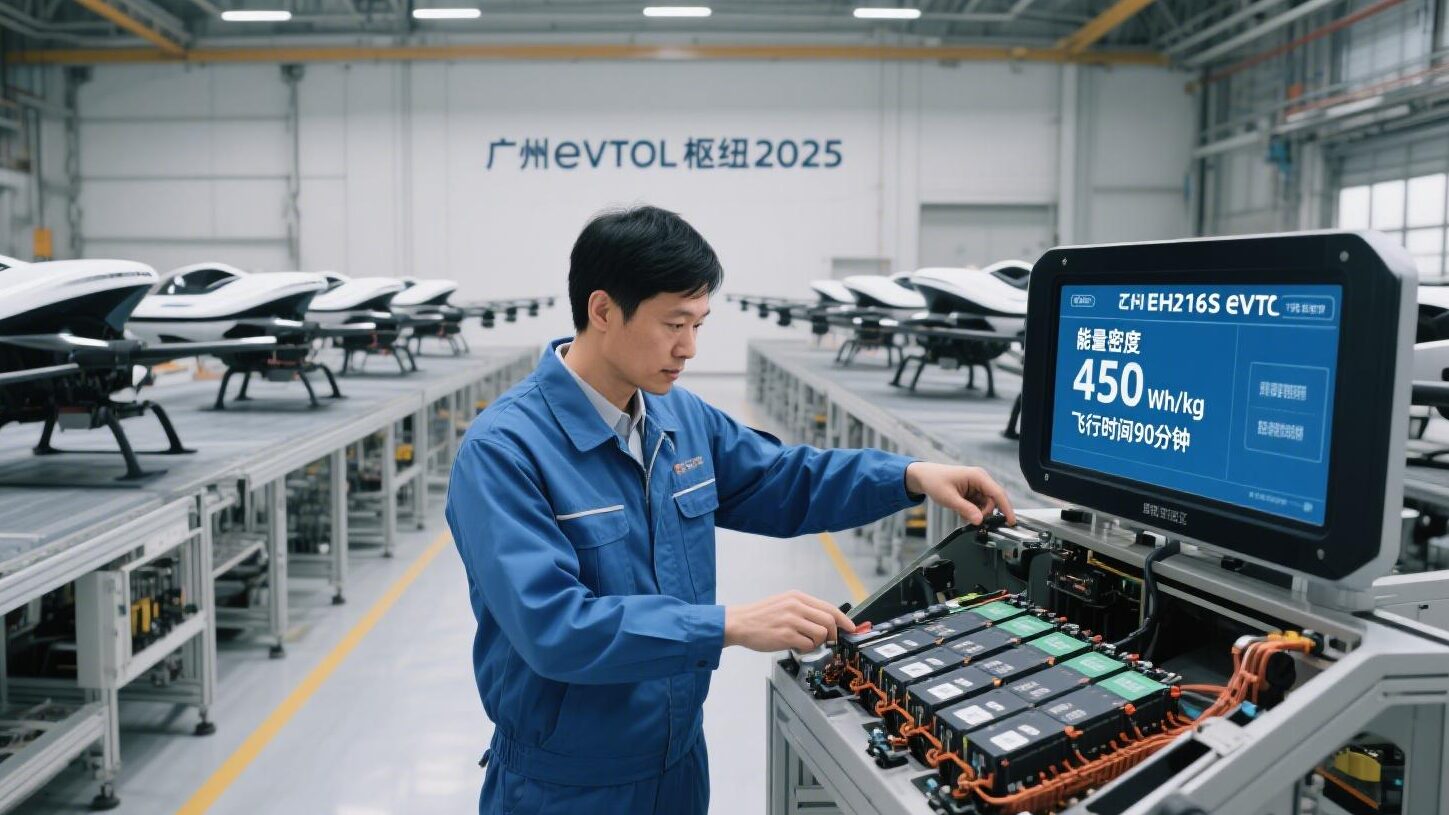
II.technology attack: China’s solid state battery breaking point
Solid-state electrolyte performance comparison
| parameters | sulfide route | oxide route | liquid electrolyte |
|---|---|---|---|
| ionic conductivity | 57mS/cm(glow) | <10mS/cm | 10-15mS/cm |
| energy density | 500Wh/kg↑ | 350Wh/kg | 300Wh/kgceiling |
| thermal stability | 800℃non-combustible | 400℃decomposition | >80℃out of control |
Data source: Phonon Technology / Ouyang Minggao Academician Forum
Core Innovation Direction:
(1) Interfacial impedance breakthrough:
Ningde Times self-generated anode technology reduces solid-solid contact impedance by 90%.
(2) Low-temperature performance breakthrough:
Far Eastern battery silicon-based anode + composite conductive network to achieve -40 ℃ discharge (efficiency > 70%)
(3) Ultra-fast charging integration:
Nordson Electronics’ full-pole lug design enables 5C fast charging temperature drop of 33% (agricultural drone charging for 10 minutes and 25 minutes of operation)
III. Application explosion: the twin engine drive of the low-altitude economy
1. A revolution in drone operations
- Fast charging economics:
- A.90min conventional charging –> 4 cycles per day
- B,.Nordson 10min fast charging –> 12 cycles per day –> 950 mu per day operation of single machine ↑197%
- Commercial scenario:
- Photovoltaic fast charging station cost per kilowatt-hour is 0.2 yuan (proven in Xinjiang cotton fields)
2. eVTOL commercialization process
- Airworthiness certification: Yihang EH216-S will take 3 years (2020-2023) to be certified, and in 2025, it will carry China’s solid-state battery to realize 48-minute range.
- Demand forecast: 5,000-10,000 eVTOLs will be needed for “low altitude + cultural tourism” in 2027 (corresponding battery demand >2GWh).
- Policy catalyst: The Ministry of Industry and Information Technology (MIIT) has explicitly requested the mass production of 400Wh/kg aviation batteries in 2025.
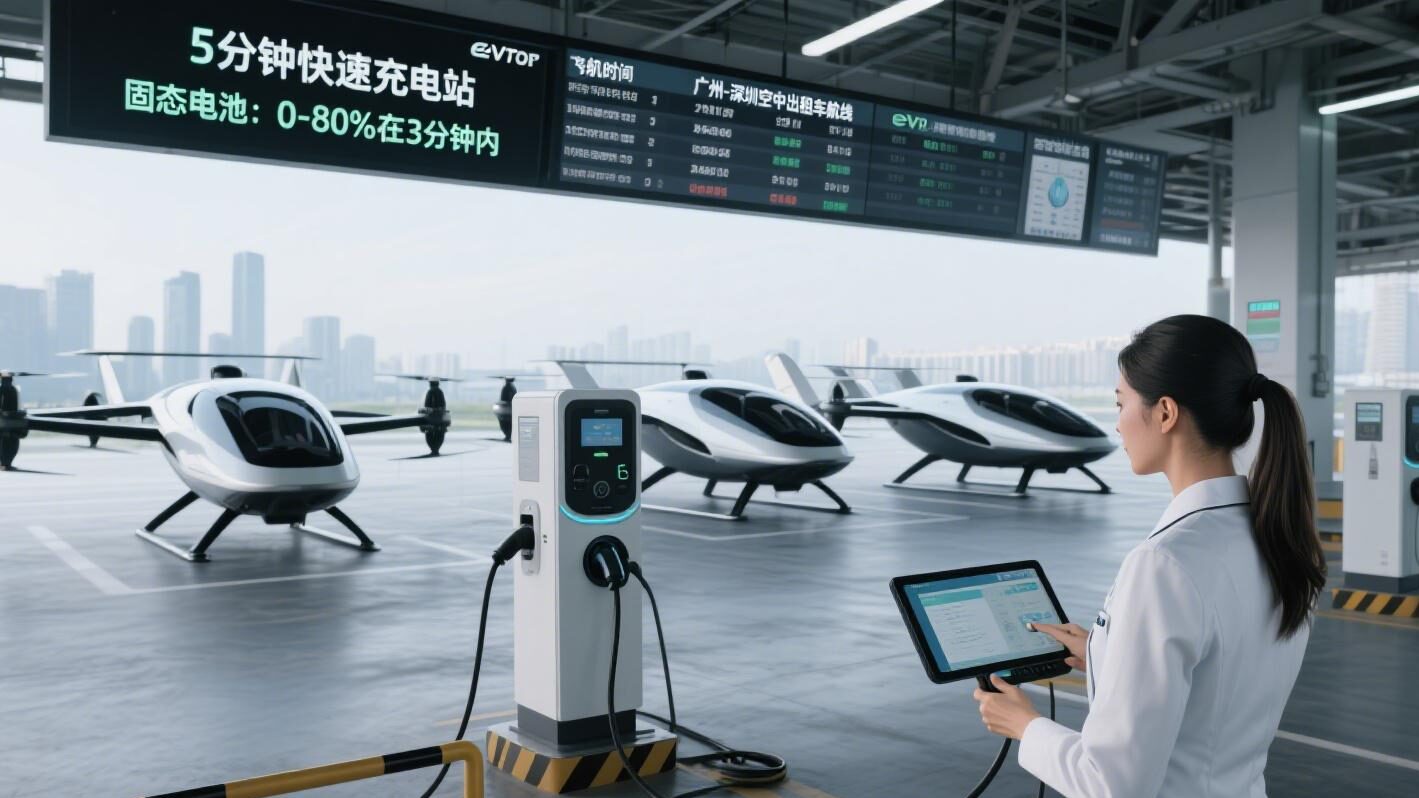
IV. Industrial Competition: Strategic Positioning of Chinese Enterprises
Layout Matrix of Head Players
| company | technical approach | application scenarios | milestone event |
|---|---|---|---|
| CATL | solid-state battery | eVTOL/Robotics | Investing hundreds of millions of dollars in Peak Aviation |
| Ganfeng Lithium | Solid sulfide | eVTOL airworthiness certification | 2025 Sample Submission for Testing |
| Far East Battery | Ultra-low temperature cylindrical battery cell | polar drone | -50°C low-rate discharge |
| Nossin Electronics | 5C Fast Charging System | agricultural drone | Charge for 10 minutes and increase work efficiency by 300% |
Ecosystem Position Gaming:
- Consumer drones: led by ATL/Zhuhai Guanyu (95.92% revenue growth in 2024)
- High-end eVTOL: Ningde/Ganfeng competing for China’s first installed body of solid-state batteries
V. Challenges of reality: cold thinking about the commercialization process
1. Technical bottlenecks
- Environmental sensitivity of sulfide solid-state battery (water oxygen tolerance <1ppm)
- 400Wh/kg or more energy density mass production yield <60% (industry average)
2. Economic predicament
- eVTOL standalone cost > 2 million yuan (battery accounts for 60%), the current market size of only 454 million yuan (YAC 2024 revenue)
- Specialized battery R & D costs are high: development of eVTOL battery investment ≈ 3 times the vehicle battery
3. Industrial consensus:
- “Battery technology that can support manned vehicles can be directly decentralized to the power market to kill the market” –Xin fern information Zhang Jinhui
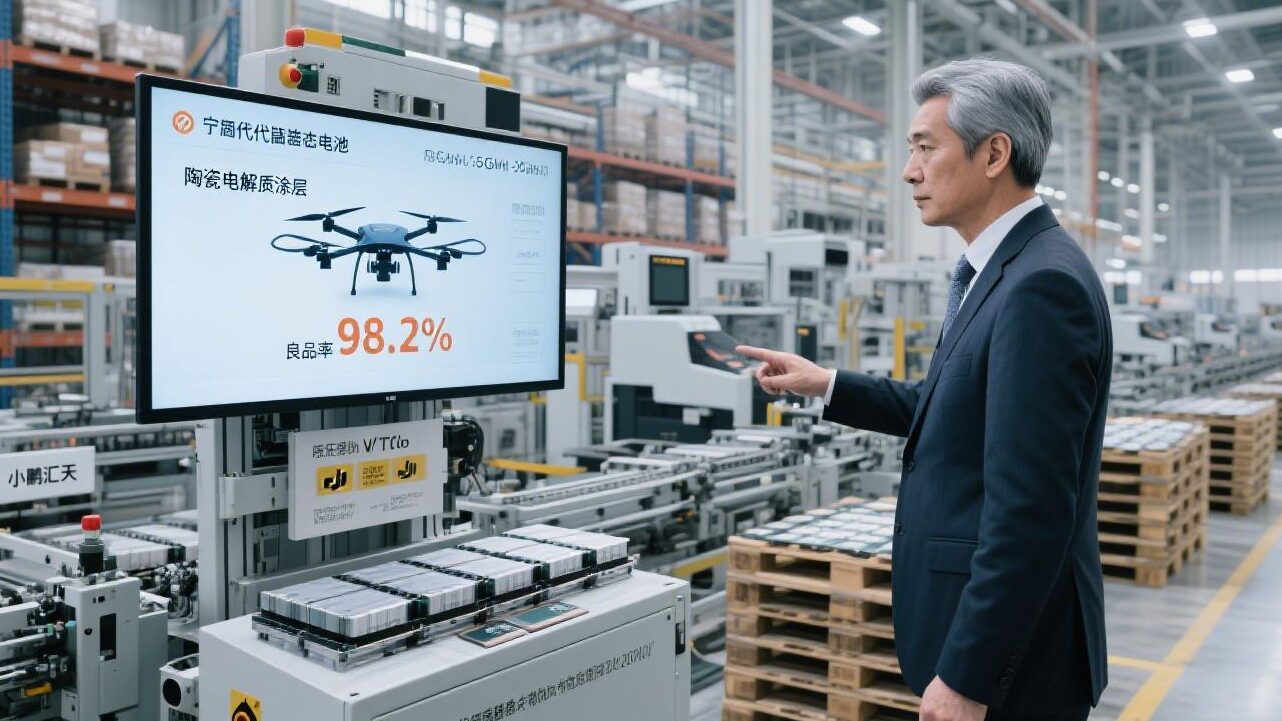
The Golden Circuit for Low Altitude Batteries
2025-2027 Technology Prioritization:
1. sulfide interface modification → address environmental sensitivities
2. All-pole ear fast-charging architecture → break through 5C charging temperature rise
3. Ultra-low temperature electrolyte → covering -50℃ to 60℃ scenario
The real battlefield of China’s UAV solid state battery is not in the lab, but in the low altitude – when eVTOL breaks through the 300Wh/kg energy ceiling, and when the charging time of agricultural UAVs is compressed to 1/9 of the operation interval, this energy revolution will really find the industrial fulcrum36.

